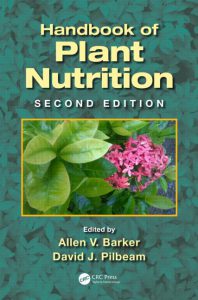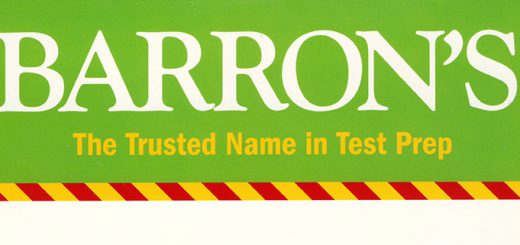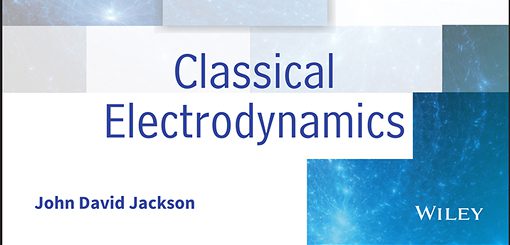Handbook of plant nutrition
CALL NO : QK867 H236 2015
IMPRINT : Boca Raton, Fla. : CRC Press, c2015
In 2007, the first edition of Handbook of Plant Nutrition presented a compendium of information on the mineral nutrition of plants available at that time—and became a bestseller and trusted resource. Updated to reflect recent advances in knowledge of plant nutrition, the second edition continues this tradition. With chapters written by a new team of experts, each element is covered in a different manner, providing a fresh look and new understanding of the material. The chapters extensively explore the relationship between plant genetics and the accumulation and use of nutrients by plants, adding to the coverage available in the first edition.
The second edition features a chapter on lanthanides, which have gained importance in plant nutrition since the publication of the first edition, and contains chapters on the different mineral elements. It follows the general pattern of a description of the determination of essentiality or beneficial effects of the element, uptake and assimilation, physiological responses of plants to the element, genetics of its acquisition by plants, concentrations of the element and its derivatives and metabolites in plants, interaction of the element with uptake of other elements, diagnosis of concentrations of the element in plants, forms and concentrations of the element in soils and its availability to plants, soil tests and fertilizers used to supply the element.
The book demonstrates how the appearance and composition of plants can be used to assess nutritional status and the value of soil tests for assessing nutrition status. It also includes recommendations of fertilizers that can be applied to remedy nutritional deficiencies. These features and more make Handbook of Plant Nutrition, Second Edition a practical, easy-to-use reference for determining, monitoring, and improving the nutritional profiles of plants worldwide.
Features
- Presents extensive coverage of 20 essential macronutrients, micronutrients, and beneficial elements involved in plant nutrition
- Demonstrates deficiency and toxicity effects via color pictures in the book
- Discusses value of soil tests for assessing nutritional status
- Includes detailed tables giving concentrations of essential and beneficial elements in plants at deficient, sufficient, and toxic levels
- Covers how to use the genetics of nutrient acquisition and uptake to inform plant breeding programs
Source : www.crcpress.com/Handbook-of-Plant-Nutrition-Second-Edition/Barker-Pilbeam/p/book/9781439881972




